In the ever-evolving world of agriculture, Crop Monitoring & Management has emerged as a game-changing practice for farmers and agribusinesses. With the rise of modern technology such as drones, sensors, and satellite imagery, crop monitoring is no longer just about walking through the field — it’s about gathering real-time data to make smart decisions that boost productivity and sustainability.
What is Crop Monitoring?
Crop monitoring is the process of observing and analyzing the growth, health, and condition of crops throughout their lifecycle. This includes tracking factors such as:
-
Soil moisture levels
-
Nutrient availability
-
Pest and disease presence
-
Plant growth patterns
-
Weather conditions
When done right, crop monitoring enables early detection of issues and ensures timely interventions.
Why is Crop Management Important?
Crop management refers to the strategic actions taken based on crop monitoring insights. It involves:
-
Optimizing irrigation schedules
-
Applying the right amount of fertilizers and pesticides
-
Planning timely harvests
-
Reducing crop loss and improving quality
Effective management ensures higher yields, lower input costs, and improved environmental sustainability.
Tech-Driven Crop Monitoring
Technology has transformed how we monitor and manage crops. Here are some innovations making a huge impact:
1. Drone-Based Crop Surveys
Drones equipped with multispectral cameras provide high-resolution images that help detect issues invisible to the naked eye, such as nutrient deficiencies or pest infestations. They can cover large areas quickly, saving time and labor.
2. Remote Sensing & Satellite Imaging
Satellite-based crop monitoring tools deliver macro-level insights into crop health and soil conditions. This data helps in predicting yield outcomes and planning large-scale farming strategies.
3. IoT Sensors in the Field
Soil moisture sensors, weather stations, and other IoT devices provide real-time data that allows farmers to act fast and avoid stress on crops.
4. AI-Powered Analytics
AI and machine learning analyze collected data to provide predictive insights and recommendations, improving decision-making on the farm.
Benefits of Smart Crop Monitoring & Management
-
📈 Increased Yield: Identify problems early and optimize inputs for maximum growth.
-
💧 Water Conservation: Smart irrigation based on real-time moisture levels.
-
🛡️ Pest & Disease Control: Act before infestations spread.
-
💰 Cost Efficiency: Use only what’s needed—no over-application of fertilizers or pesticides.
-
🌍 Sustainability: Reduce environmental impact with precision farming.
Who Can Benefit?
-
Large-scale farms and agri-businesses
-
Organic and sustainable farming operations
-
Research institutions and agricultural consultants
-
Government & environmental agencies
-
Precision agriculture service providers
